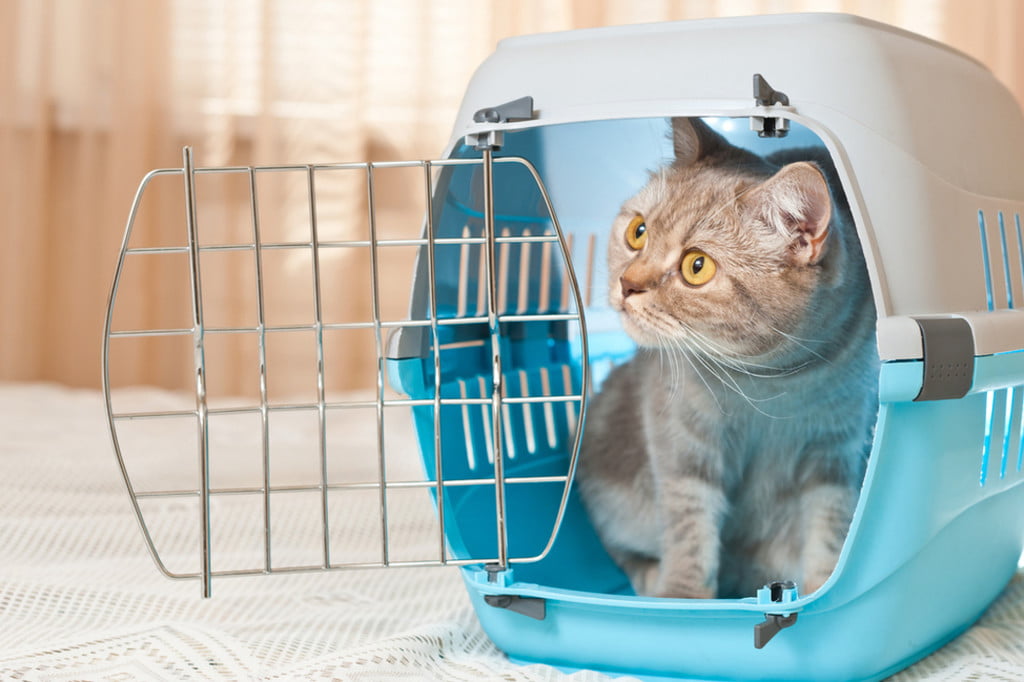
In most cases, your cat probably roams around the house at night. They might visit you in bed, hunt for any bugs that have gotten into your home, or try to start a game of tag with your dog or other cat. But sometimes it’s necessary to restrict your cat’s movement.
Crating a cat at night can help with injury recovery, can aid in litter box training, and might even be necessary to help keep your cat safe. If you’re considering crating your cat, you’ll need to be prepared with the right type of crate and introduce it carefully to help your cat learn to accept it. Crating a cat isn’t always easy, but these tips can better your chances of success.
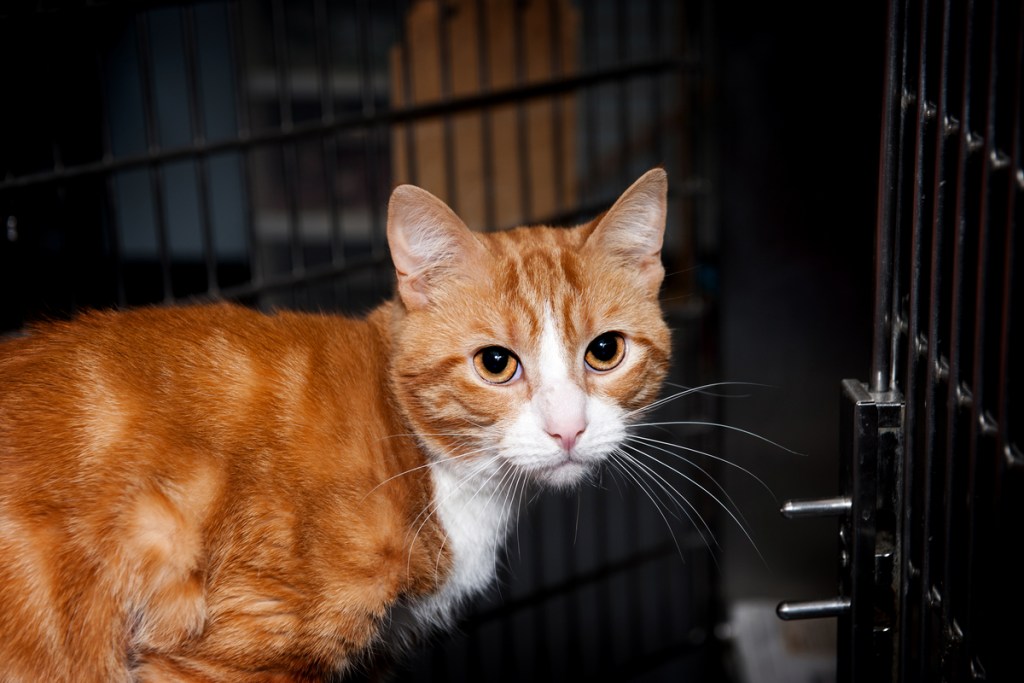
Reasons for crating a cat
There are a number of situations where it can be helpful to crate your cat. Some are temporary, while others may be long-term solutions, such as when your cat disrupts your sleep.
To keep a new kitten safe. If your kitten is constantly exploring the house, they could potentially get into a dangerous situation while you sleep. Crating them can help prevent this and keep them safe while you’re not around to supervise them.
To aid in healing. If your cat is recovering from an injury or surgery, it might be necessary to restrict their movement so they can fully heal.
To help with litter box training. By keeping your cat in a crate with a litter box, they can’t go off and urinate elsewhere. They’ll be more likely to use the litter box than soil their bedding since they’re in such close proximity to it. Crating your cat can help them get used to the initial process of litter box training or be a tool when dealing with inappropriate urination.
To get a good night’s sleep. Some cat owners may crate their cats at night because their kitties otherwise disturb their sleep. By crating your cat, you’ll prevent them from getting into bed with you and waking you up. Keep in mind, though, that some cats don’t like being crated and will make plenty of noise to keep you up until you let them out again.
To encourage a new mother cat to accept her kittens. If you’re using a crate for this purpose, you can leave the cat in the crate for longer periods, but it’s important to use a large crate that offers your cat and the kittens enough space.
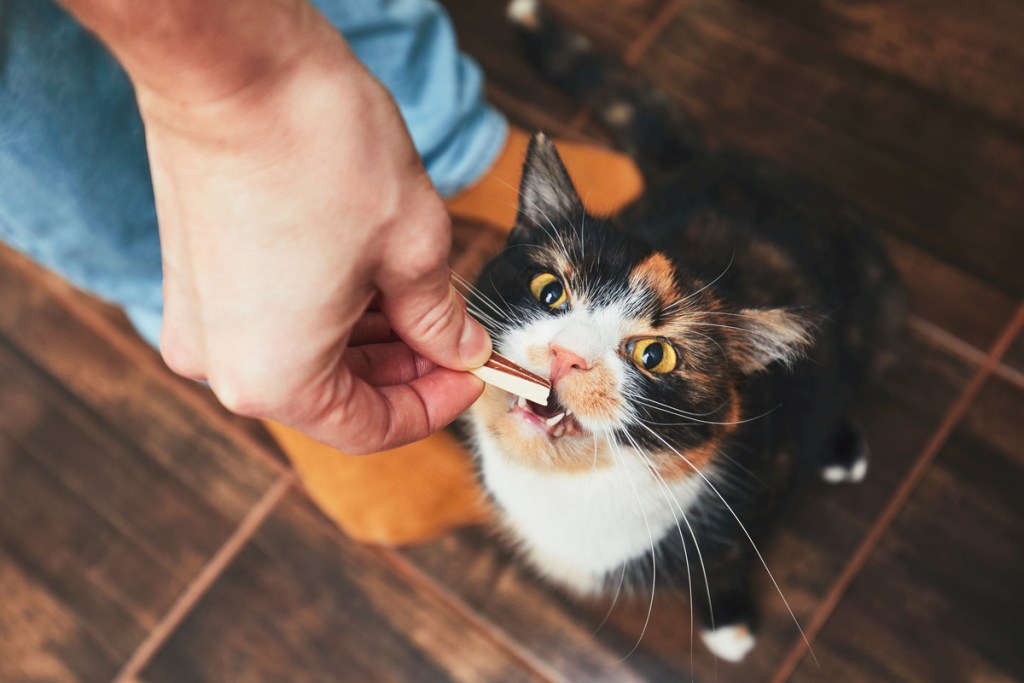
Tips for successfully crate training a cat
If you feel that your cat would benefit from spending time in a crate, these tips can help make the transition easier for you both.
Introduce the crate gradually. This can increase the chances that your cat will accept it. Feed your cat treats and meals in the crate while the door is open. As your pet gets used to the crate, start closing the door briefly while they’re inside. After just a minute or two, let them out again. The goal is to teach your cat that the crate is enjoyable without making them fearful.
Make the crate a pleasant place to be. Put your cat’s bed on one side of the crate and their litter box on the other side. You’ll also want to get a non-spill water dish, as cats should have access to water at all times.
How long can a cat stay in a crate? In most cases, it’s best to leave your cat in the crate only overnight. They will be more comfortable moving around and stretching out freely in an unrestricted space during the day.
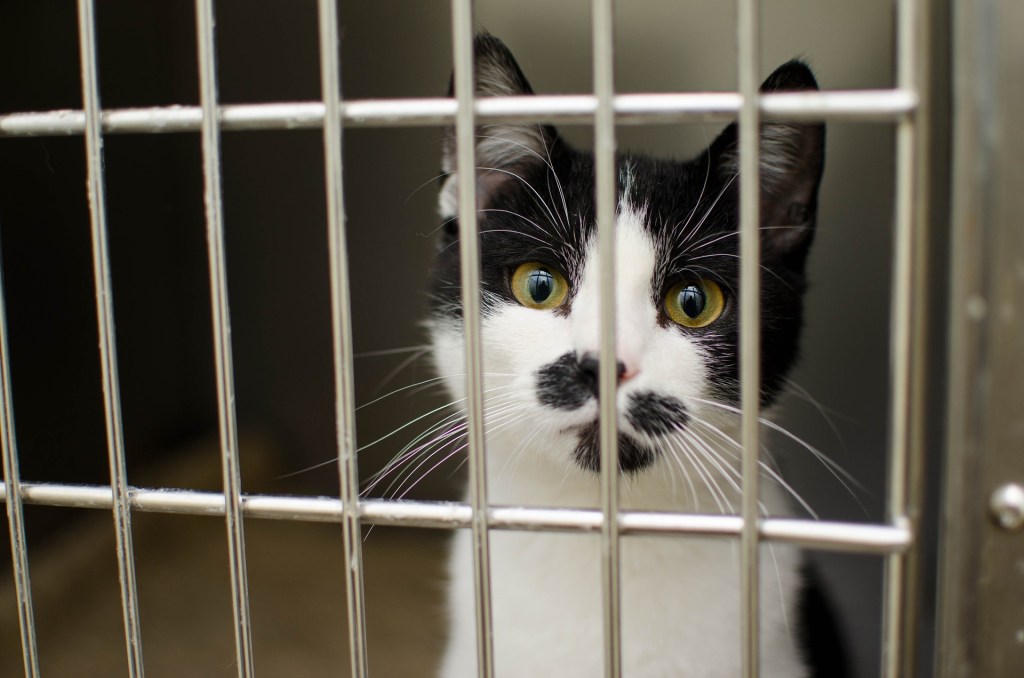
What to look for in a crate
The crate you choose can contribute to your cat’s comfort and safety. First, look for a crate that’s large enough for your cat’s litter box and food and water dishes while still affording your cat a separate sleeping area. A larger dog kennel is often ideal, giving your cat enough space while still being small enough to fit easily into your home.
An optimal crate will be made of strong metal and will have multiple latches that curious and clever paws can’t operate. Choose a crate that has a spacious door, so it’s easy to get your cat in and out. A crate with a waterproof, removable bottom that you can scrub down and wash is a must.
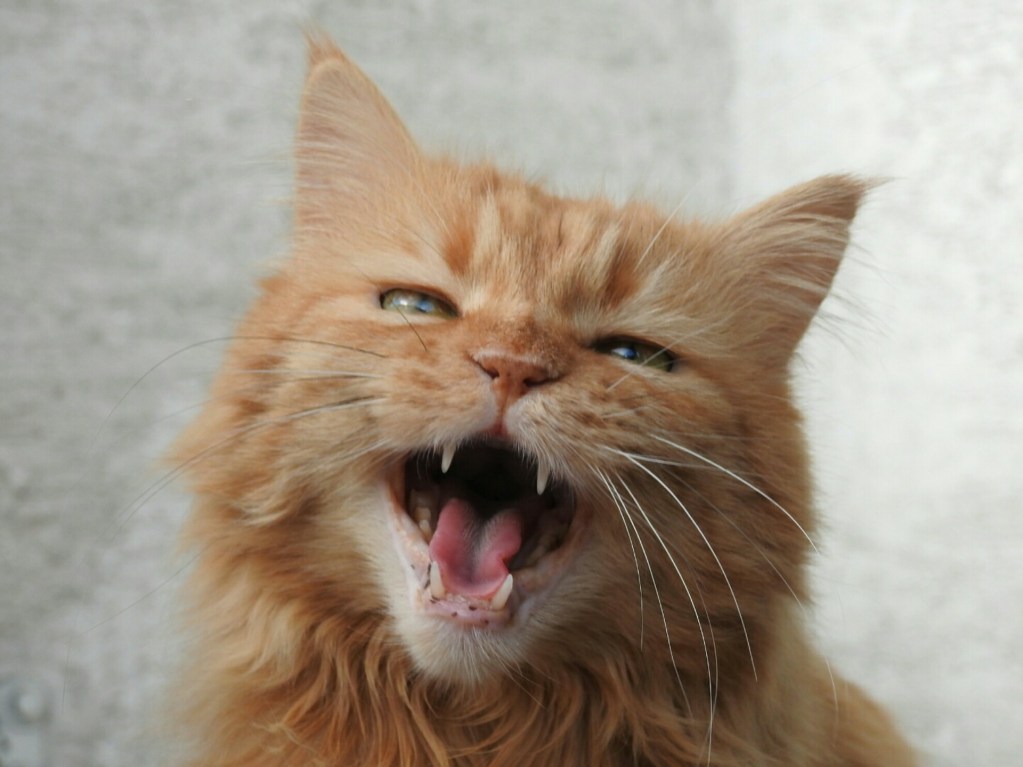
Should all cats be crated?
While there are plenty of arguments in favor of crating cats at night, not all cats benefit from crating. Just like us, cats have their own distinctive personalities. Some cats may develop emotional problems like depression if they’re crated nightly. Other cats are largely nocturnal and may spend the night attempting to escape. Only you and your vet know what’s best for your cat, and some cats find being crated more upsetting than calming.
Crating a cat at night can be beneficial in some situations. It can be helpful while you’re litter box training a kitten or important for keeping your cat safe. Carefully introducing your cat to the crate can help them feel comfortable in the space, but there’s no guarantee that your cat will accept it.
Some cats will never be happy in a crate and may stress and fuss until you let them out again. While crating can be helpful, it’s not worth it if it causes your cat too much stress. Remember, it’s essential to prioritize your cat’s safety, and you may need to find another solution to the issue you’re facing.
Editors' Recommendations
- Wondering why cats chirp? Fascinating reasons why your cat chirps at birds (and you)
- When do kittens’ eyes change colors? The answer is so cool – here’s what to know
- Cat begging for food? How to make it stop for good so you can eat in peace
- What you need to know about your cat’s swollen lip – what caused it and how to help it heal
- Is your cat biting when you pet them? This is what they’re trying to tell you


